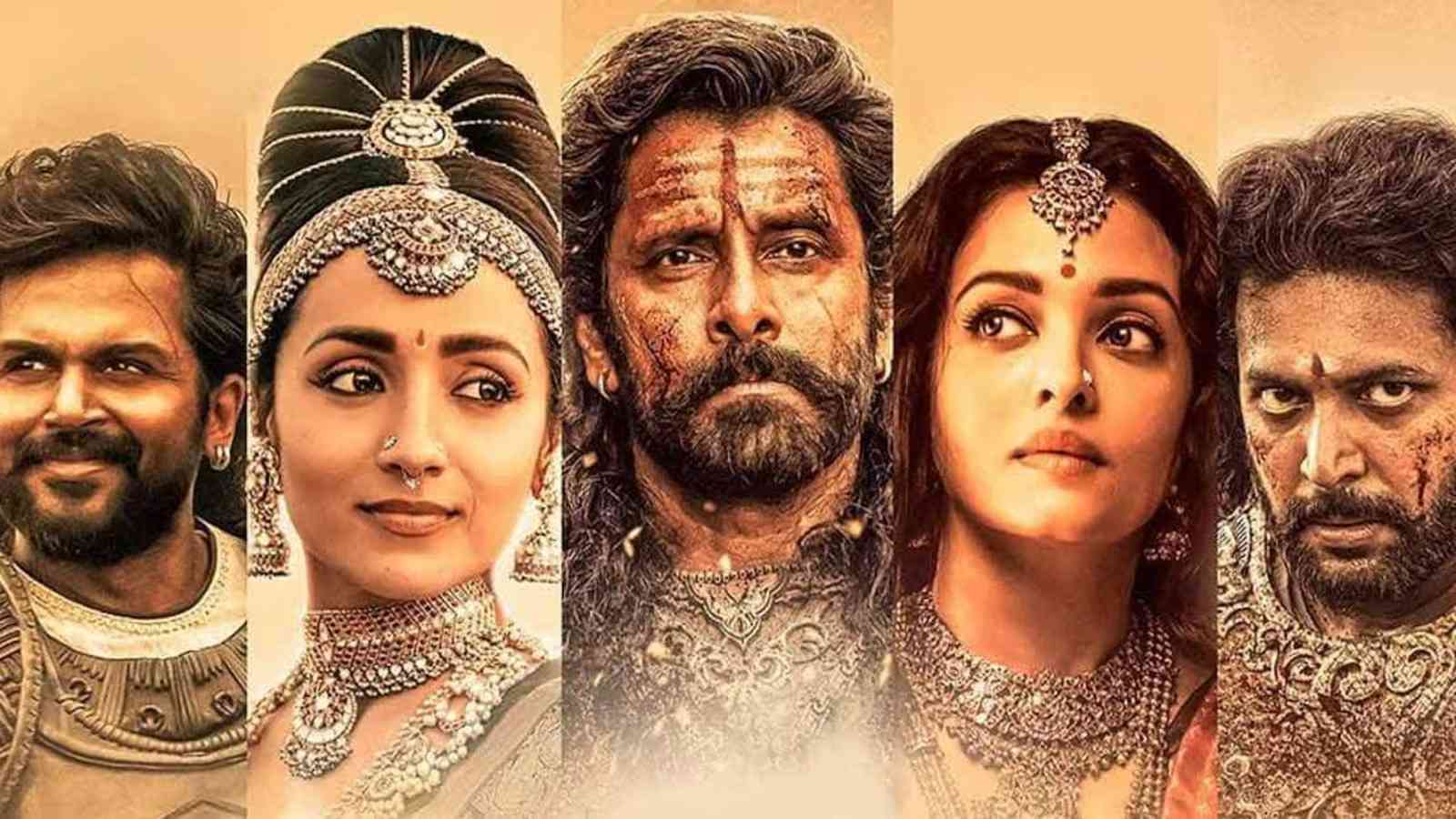Mani Ratnam’s cinematic masterpiece, “Ponniyin Selvan” or “PS1,” has shattered box office records and introduced a glorious chapter in Tamil Nadu’s history to global audiences. The movie, based on the novel “Ponniyin Selvan,” delves into the epic battle of succession within the illustrious Chola dynasty during the 10th century CE. While the film’s dramatic plot, extravagant sets, and outstanding performances have stolen the limelight, it’s time to unravel the enigmatic figure behind this celebrated work of historical fiction.
The Literary Jewel
At the core of this cinematic spectacle lies a five-volume novel titled “Ponniyin Selvan,” authored by Ramaswamy ‘Kalki’ Krishnamurthy between 1950 and 1954. Kalki Krishnamurthy, a journalist and freedom fighter, left an indelible mark on the world of Tamil literature.
Over a four-decade-long career, Kalki Krishnamurthy penned more than 120 short stories, 10 novellas, 5 novels, 3 historical romances, and countless political and editorial articles. In 1941, he launched a weekly magazine aptly named “Kalki,” within which he serially published the epic tale of “Ponniyin Selvan” from October 29, 1950, to May 16, 1954.
The Historical Canvas
“Ponniyin Selvan” intricately paints a vivid portrait of the early days of the great Chola King, Raja Raja Chola I (947 – 1014 CE), portrayed as the young prince ‘Arulmozhi Varman.’ Kalki Krishnamurthy drew immense inspiration from the works of renowned Tamil historian K Nilkantha Sastri, particularly his research on the early history of Tamil Nadu.
The story unfolds in the late 10th century, during the reign of Parantaka Chola II (r. 962-980 CE), famously known as ‘Sundara’ Chola due to his striking looks. It revolves around quasi-historical events that transpired towards the end of Sundara Chola’s rule, sparking a war of succession between two factions within the court.
The first faction comprised Sundara Chola’s three children – Prince Aditya Karikalan (942-971 CE), Prince Arulmozhi Varman (947-1014 CE), and their sister Princess Kundavai. The rival faction was led by Uttama Chola (r. 980-985 CE), the son of the revered Chola Queen Sembiyan Mahadevi, with support from powerful feudatories.
Several quasi-historical characters make appearances, notably Vandiya Devan, the trusted ally of Aditya Karikalan and a central protagonist. Vandiya Devan’s character is loosely based on Vallavaraiyan Vandiyadevan, a renowned General of Raja Raja Chola, and the husband of Princess Kundavai, who played a pivotal role in the Cholas’ Sri Lankan campaigns.
Another significant historical event is the defeat and beheading of Pandya King Veeranarayana Pandya by Chola Prince Aditya Karikalan in the Battle of Chevur in 966 CE. Numerous contemporary Chola inscriptions in temples across Tamil Nadu proudly celebrate Aditya Karikalan as ‘Virapandiyan Thalai Konda Koparakesari Varman Karikalan’ – ‘Karikalan who beheaded Virapandian.’
The Enduring Legacy
“Ponniyin Selvan” captured hearts from its very first publication in 1950. These were the early years of independent India, marked by a rising demand for linguistic states. Across India, literature and cinema emerged as potent tools to consolidate regional identities. “Ponniyin Selvan” resonated strongly with the emerging Tamil identity and swiftly gained a cult following.
Few works of Indian literature can claim such widespread popularity. The recent Mani Ratnam movie has further extended the reach of “Ponniyin Selvan” beyond Tamil-speaking audiences. It stands as a testament to the allure of history and the timeless power of storytelling, maintaining its iconic status nearly seven decades since its inception.
Who is Ponniyin Selvan?
Intriguingly, “Ponniyin Selvan” alludes to the existence of Arulmozhivarman within the story’s setting. Arulmozhivarman, later known as Rajaraja Chola I, ascended to the Chola dynasty’s throne in southern India. Arulmozhivarman’s life and journey to becoming a Chola ruler are central to the narrative.
The term “Ponniyin Selvan” draws from the river Kaveri, which flows through the Chola kingdom. It translates to “The Son of Ponni,” referring to Arulmozhivarman. The story is set in the 10th century CE and is revered as one of the finest works of Tamil literature. According to tradition, Arulmozhivarman’s life was once saved by a woman who emerged from the Kaveri river during his early days, leading to the moniker “Ponniyin Selvan.”
Is Ponniyin Selvan a Real Story?
While “Ponniyin Selvan” is firmly rooted in historical events and figures, it is crucial to discern it as a work of historical fiction. Kalki Krishnamurthy brilliantly melded his creative imagination with historical truths to craft a compelling narrative. The characters, events, and plot are the fruits of his storytelling prowess.
“Ponniyin Selvan” does not present an accurate historical account but rather a literary masterpiece that draws inspiration from the history, culture, and literature of the Chola dynasty. Its enduring appeal, even after seven decades, underscores the fascination of history and the captivating art of storytelling.
In conclusion, “Ponniyin Selvan” and its titular character, while rooted in historical elements, should be acknowledged as a work of fiction. They serve as a testament to Kalki Krishnamurthy’s ability to spin a mesmerizing tale that continues to captivate readers and audiences alike. This timeless narrative invites exploration of Tamil Nadu’s rich history and culture while delivering a gripping work of fiction.

